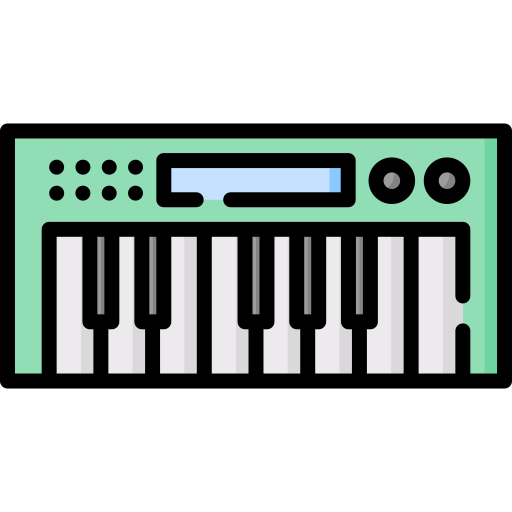On the one hand you’re right, but on the other I feel like a lot of stuff has become browser based (like text editors, code editors, even music editors and perhaps video editors someday), all thanks to Web Assembly and how complex a lot of web apps have become.
It feels like people use everyday stuff through apps, and more complex stuff through browsers nowadays. Roles may slowly invert at some point if it keeps going this way.




Then again, music streaming services pretty much removed music piracy from mainstream usage altogether. Obviously people in this sub still pirate music, but it’s so uncommon nowadays, I’m sure many people wouldn’t even know where or how to find it.